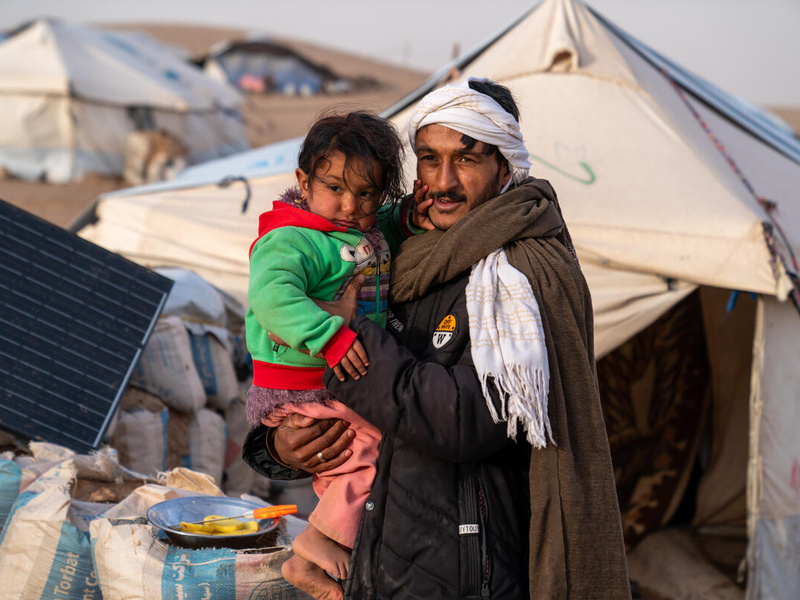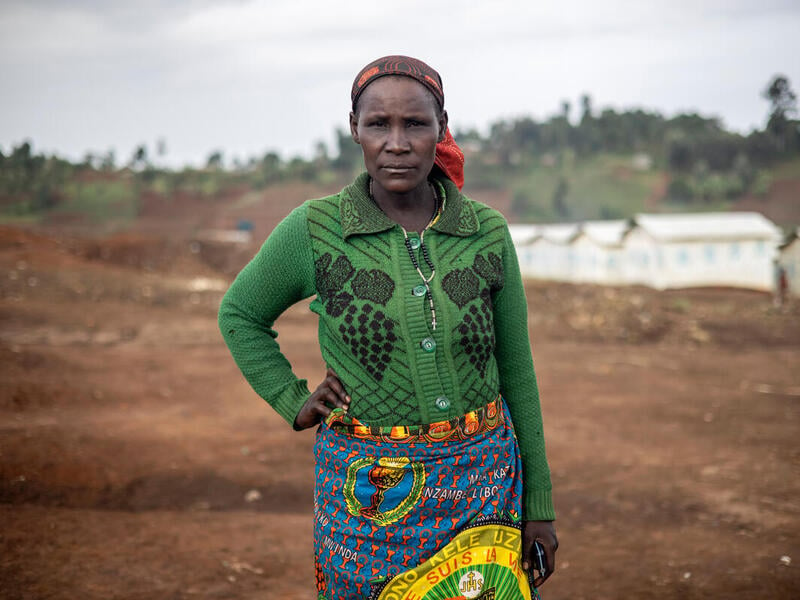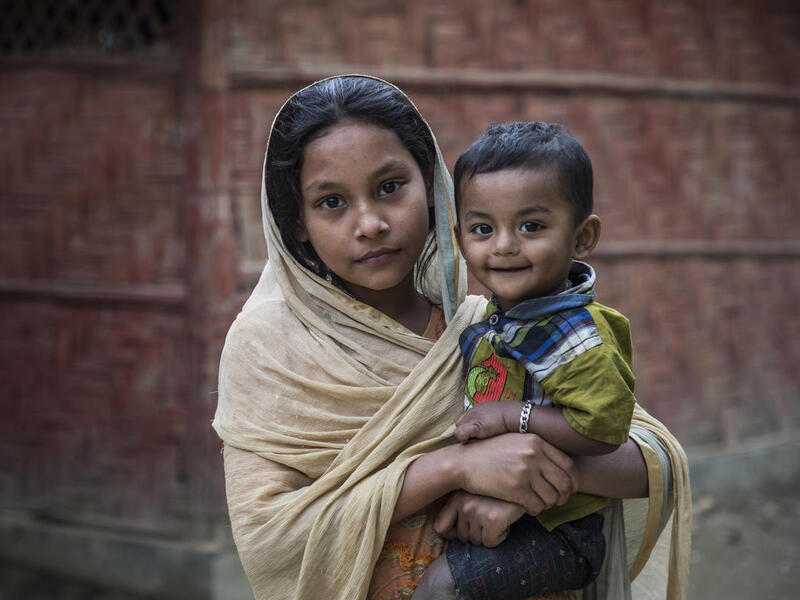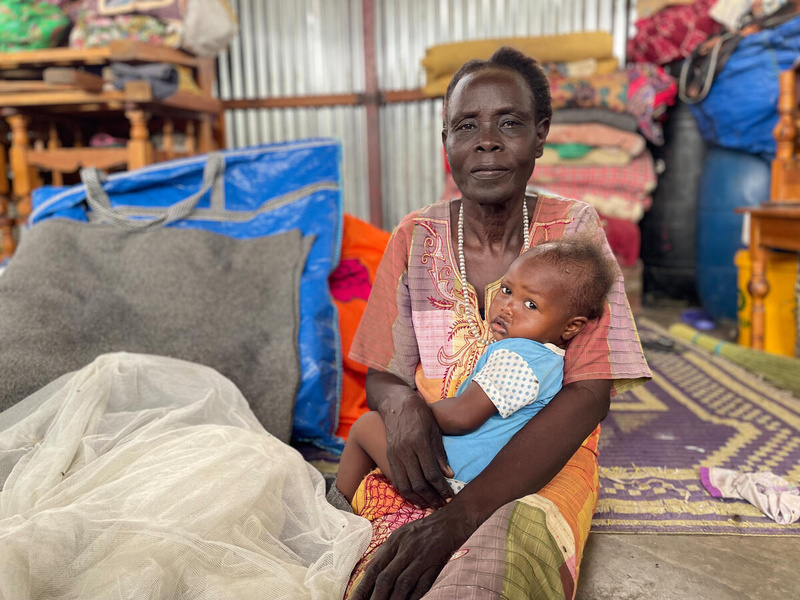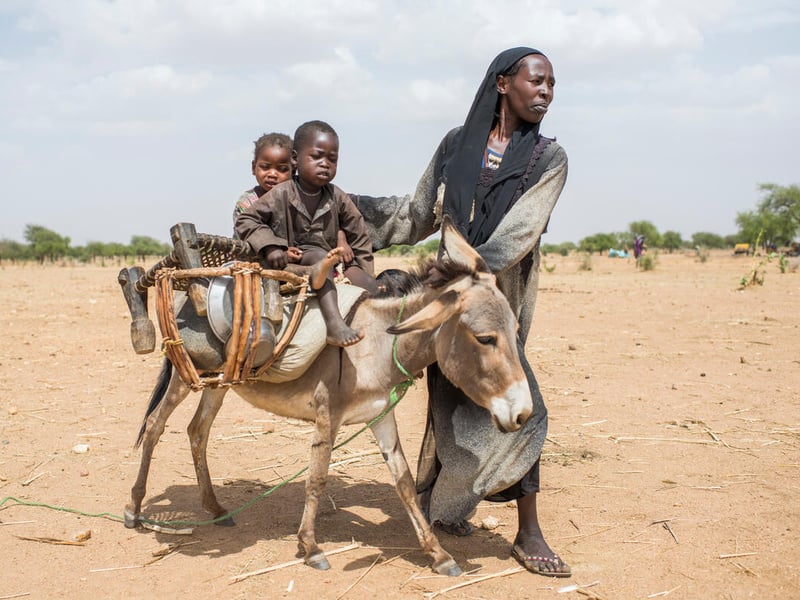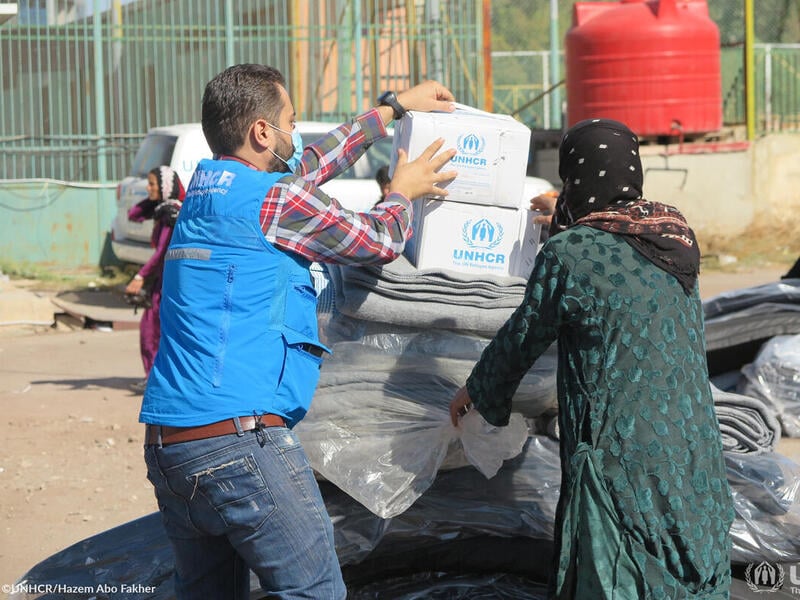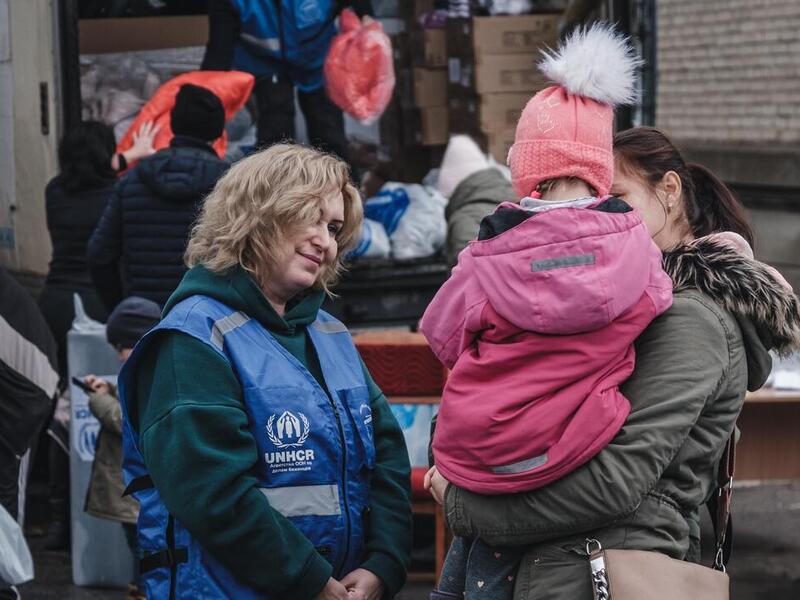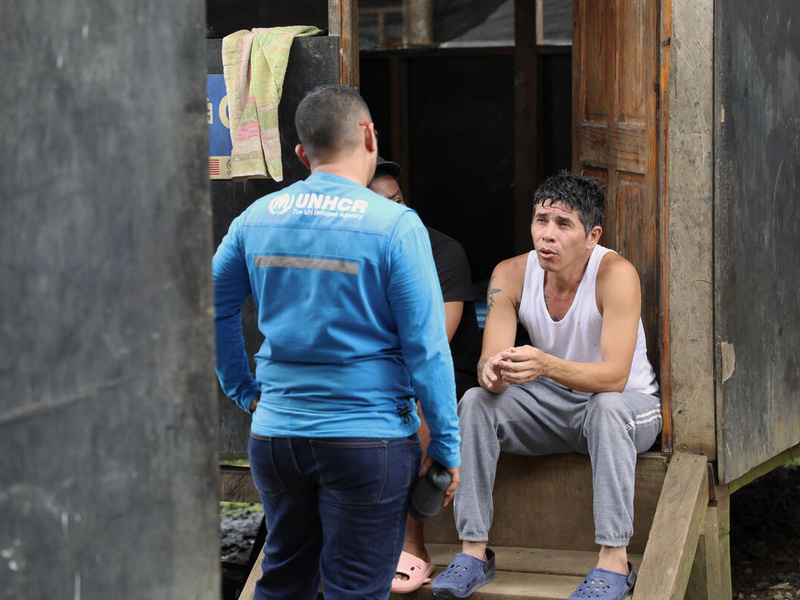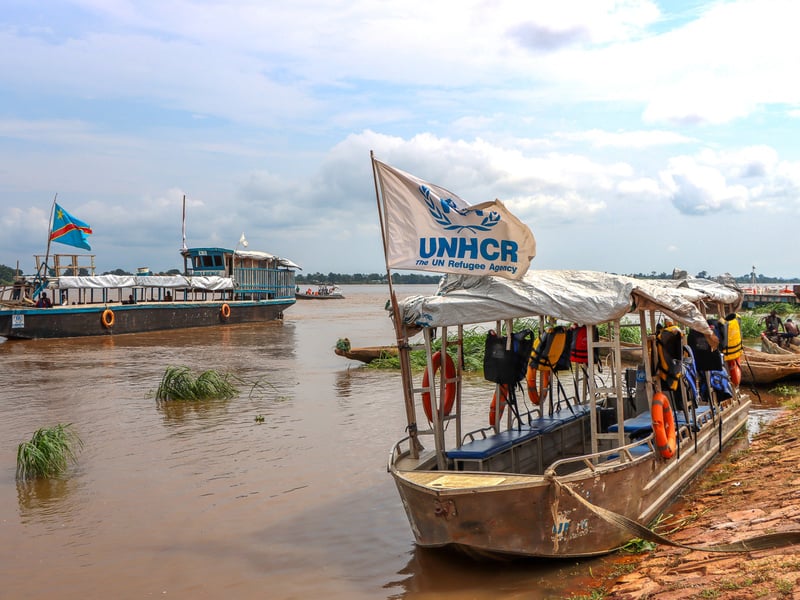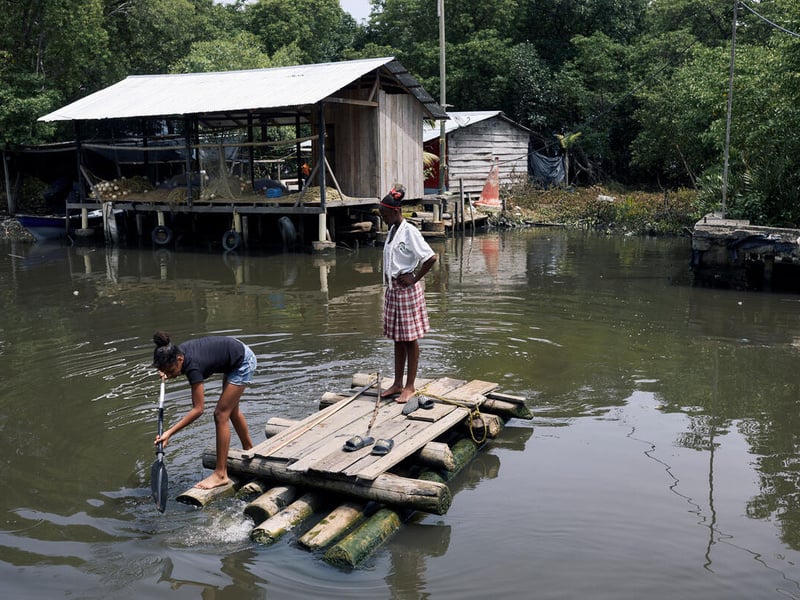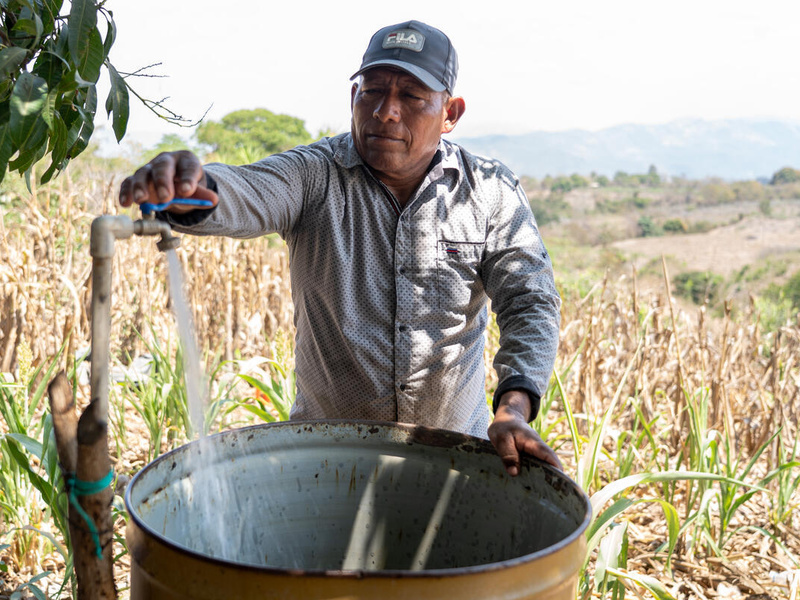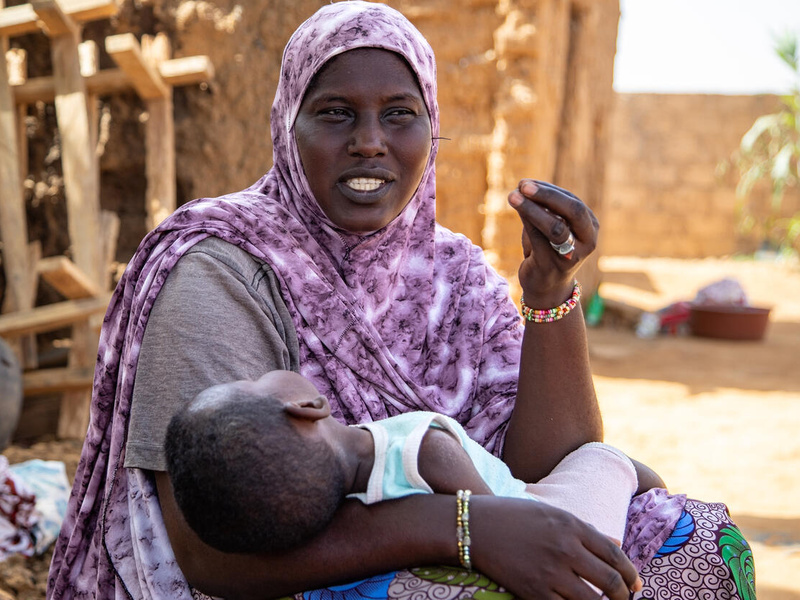Emergencies
Emergencies
Please consider supporting this vital work.

Right now, UNHCR, the UN Refugee Agency, is providing protection and emergency assistance to people displaced in humanitarian crises around the world.
Our teams are on the ground assisting people in newly breaking emergencies, as well as long-running crises spanning years. Select a situation below to learn more about what UNHCR is doing to help, access the latest verified data and read our response plans.
What does UNHCR do in emergencies?
When a crisis unfolds, UNHCR rushes life-saving supplies, humanitarian experts, and funds to the emergency. We strive to protect people from harm and ensure they can reach safety. We are there throughout the initial crisis and stay long after the headlines have moved on.
- We deliver life-saving supplies: Within 72 hours, UNHCR can organize the delivery of life-saving supplies from our global stockpiles, ready in warehouses around the world, to where people need them most. We also transfer funds from our emergency reserves directly to our local teams so they can set up shelters, buy food, and register people who need our help.
- We deploy crisis response experts: We immediately mobilize our humanitarian response staff, who are trained in managing crisis situations and specialize in key areas like shelter, health care, water and sanitation, and tackling sexual exploitation. They drop everything to respond and can be on the ground within 72 hours. Many keep their bags constantly packed.
- We ensure people can reach safety: We strive to protect people forced to flee from harm and ensure they can reach safe areas. Our teams may be out around the clock to ensure refugees are not pushed back to where their lives would be in danger. We work to ensure they have a safe place to sleep, protected from the elements and far from those trying to harm them.
Our response goes beyond meeting basic needs. From the outset of an emergency, we collaborate with partners, governments, and local communities to provide long-term assistance. We strive to help people forcibly displaced from their homes access healthcare, education and employment opportunities.
Emergency declarations
In some crises, UNHCR may issue a formal emergency declaration, signaling the need for an urgent and exceptional response. This happens when the scale and speed of a crisis exceeds UNHCR and local authorities' capacity to respond effectively. Emergencies are categorized as either level 1, level 2 or level 3, depending on the size and complexity. An emergency declaration activates internal protocols that mobilize further support and resources.
An emergency declaration may remain in place for up to a maximum of nine months. However, many emergencies become protracted, with forcibly displaced people unable to return home for years without risking their lives or freedoms. In these situations, ongoing support is essential to protect their rights and ensure access to basic services. UNHCR may refer to such situations as protracted crises, highlighting the scale and widespread humanitarian needs even after the formal emergency period has ended.
🟥 Emergency level 1
Emergency level 1: Proactive preparedness and initial response
UNHCR declares a level 1 emergency when there is an imminent risk of a displacement crisis or when a crisis is already unfolding. This indicates that UNHCR is urgently stepping up preparedness efforts or launching an initial response at the country level.
🟥 Emergency level 2
Emergency level 2: Stepped-up regional bureau support
UNHCR declares a level 2 emergency in a rapidly evolving humanitarian situation. It indicates that the UNHCR country operation requires additional support and resources from the regional bureau to be able to respond effectively to the needs of forcibly displaced people.
🟥 Emergency level 3
Emergency level 3: Whole-of-UNHCR response
UNHCR declares a level 3 emergency in exceptionally serious situations in which the scale, pace, complexity and consequences of the crisis exceed the capacity of the country operation and regional bureau to respond. It indicates that a whole-of-UNHCR response is necessary to address the widespread and urgent needs of people forced to flee.
🟨 Protracted or ongoing crisis
UNHCR may designate some situations as protracted crises. This is an informal classification that indicates a long-term crisis with widespread and deepening humanitarian needs. Many of these crises began as emergencies under a formal emergency declaration, which has since expired (emergency declarations are time-bound and typically last no more than a maximum of nine months).
The protracted crisis classification highlights the ongoing scale and complexity of the situation, indicating that UNHCR requires significant and sustained support to protect those affected.
Please consider donating today
Your gift can help protect someone forced to flee their home due to conflict or persecution.

